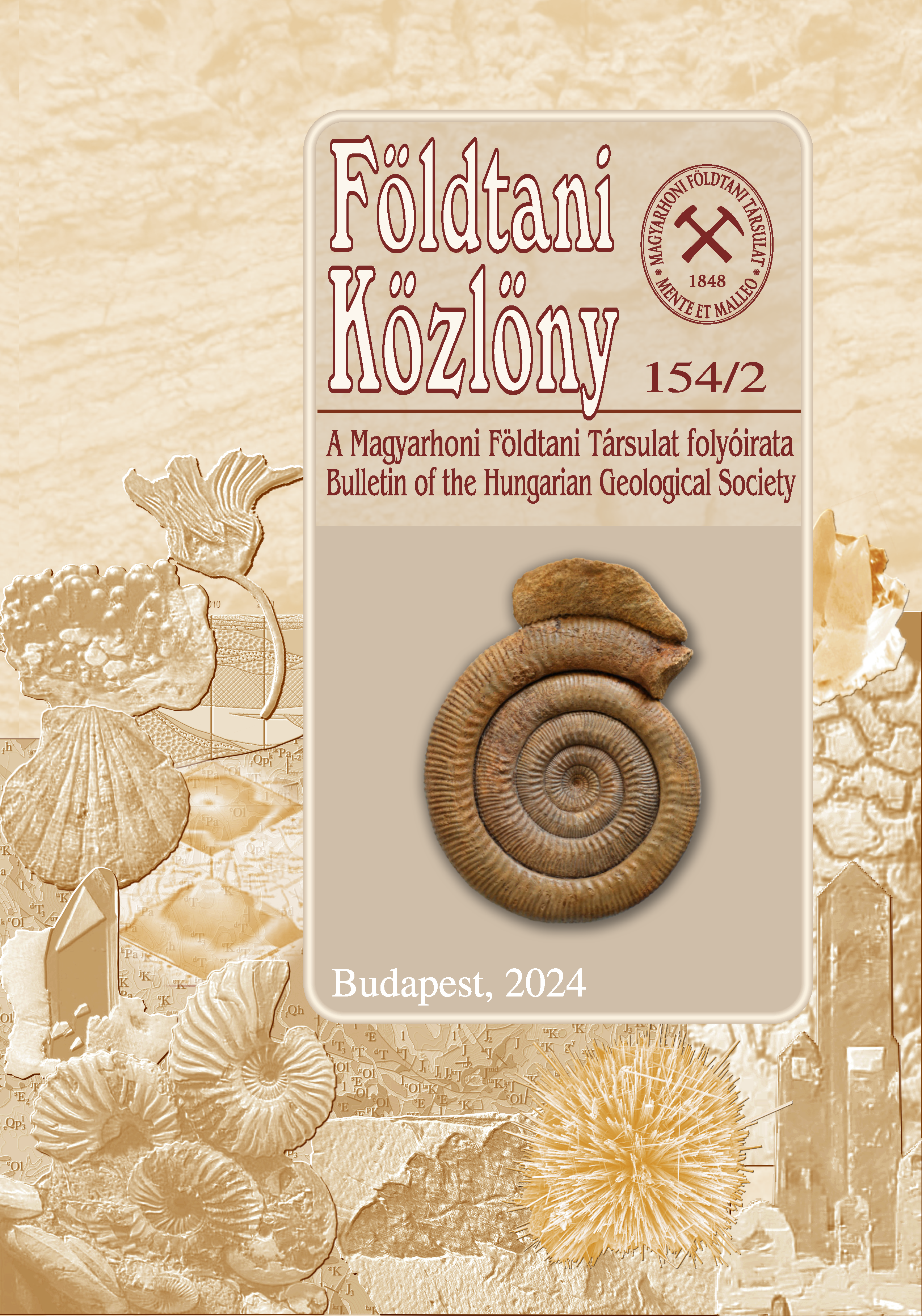Petrology and geochemistry of the pumices from the Ciomadul volcano (Eastern Carpathians) - implications for the petrogenetic processes
Abstract
The last volcanic eruption in the Carpathan-Pannonian region occurred at the Ciomadul volcano,
found in the South-eastern Carpathians, close to the Vrancea seismic zone. This eruption occured
through in the St. Ana crater approximately 20-30 ka ago following. Before, another explosive eruption
which förmed the Mohos crater. However, the exact age of this earlier eruption is not known. The
explosive eruptive phase followed a relatively long quiescence period after a lava dome building phase.
In this work, we present new data on the younger explosive volcanic products. Based on the physical
volcanological observations, the volcanic eruptions were characterized by high-temperature pyroclastic
flows and surges accompanied by pyroclastic falls. The pumice fali could reach at least 20-30 km from
the Ciomadul. A new radiocarbon age (27 ka) revealed that the pumiceous pyroclastic flow deposit at
Sepsibükkszad was förmed alsó during the St. Ana eruption phase.
Based on the detailed petrologic and geochemical study of the high-K dacitic pumices, we propose a
possible model for the petrogenetic processes. The chemical compositions of the amphiboles and the
plagioclases suggest that the crystallization could occur mostly in the deeper part of the crust (10-12 km
depth?), at relatively high temperature (>800 °C). In contrast, the Tusnád Bai magma could crystallize at
shallower depth (5-6 km?) and lower temperature (<750 °C). This magma was more differentiated
compared with the others, however, we exclude genetic relationship via fractional crystallization. We
suppose that independent magma batches could reach relatively quickly the surface coming from the
deeper part of the crust. The amphibole phenocrysts often enclose high-Mg minerals, such as ferroan
enstatites. These minerals could be either mantle-derived xenocrysts or early crystallizing product from
a primitive mafic magma (adakitic high-Mg andesite?). The presence of orthopyroxenes as well as clinopyroxenes and olivines in the amphiboles indicates the role of mantle-derived mafic magmás in the
genesis of the Ciomadul magmatism. Tentatively, we suggest that these mafic magmás could pond beneath the thick crust of the Ciomadul area and resulted in melting of the lower crust. The continuous
melting, replenishment, mixing and hybridization could lead to a relatively homogeneous dacitic
magma that characterized the approximately 1 Ma long Ciomadul volcanism. The relatively young age
of the last eruptions and the long quiescence periods between the active phases requires further detailed
petrologic and geochemical researches, involving the older lava dome rocks, to have a better
understanding on the petrogenetic processes of the Ciomadul volcano as a whole and to evaluate the
possibility of resuming volcanism in the future.











